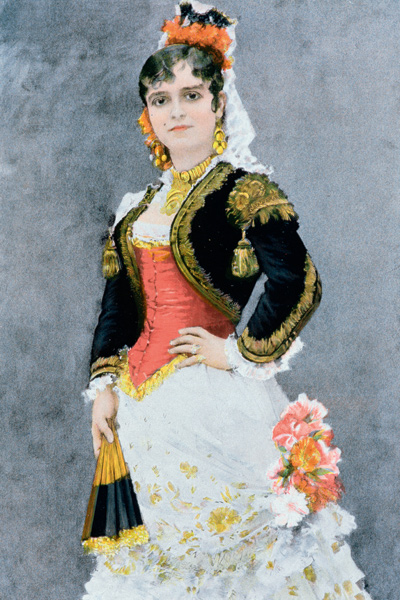When, more than half a century ago, I was a student, deriving much of my education from the Third Programme, I was given, between 1955 and 1971, a crash course on opera by Hans Hammelmann and Michael Rose. The two of them were major opera historians and both were natural broadcasters, able to pass their enthusiasm on to the public; and more or less immediately I became a devoted operaphile. But, as the radio programmes grew fainter in the memory and one’s tastes were moulded by countless actual performances, so one craved the book of the series.Now at last Michael Rose (Hammelmann is dead) has written that book, and it is not only as scholarly, authoritative and entertaining as the broadcasts; it has also benefited by another 50 years of Rose’s study and mastery of the subject.
He has chosen a mere 15 operas for his own delectation and for the education and entertainment of the opera audience. He starts with Monteverdi’s L’Incoronazione de Poppea and ends with Berg’s Wozzeck.In his elegant preface he admits to leaving out Janácek, Britten, Shostakovich and Prokofiev, but defends himself on linguistic and copyright grounds. One can only hope that he will produce a second volume with a solid 20th-century slant.
Each of the 15 works analysed has its own chapter, and the operas range from old warhorses like Carmen to relatively rarely performed and difficult pieces such as Pelléas et Mélissande and Ariadne auf Naxos. It is a bold critic who represents Richard Strauss with Ariadne rather than Salome, Electra or Rosenkavalier, but Rose is manifestly bold, girded by great erudition and a captivating style.
At the beginning he writes: ‘In 1637, at the Teatro san Cassiano in Venice, the first opera house in the world opened its doors to the public.’ In that year Poppea was performed there to celebrate Monteverdi’s 25 years as maestro di cappella at Saint Mark’s; it was the last of the three operas that crowned his musical life at the then great age of 75.
It is no disservice to Rose to say that one of the virtues of this book is his Autolycus-like use of (usually contemporary) quotations that are relatively obscure and always diverting. Even before Monteverdi’s reign the Italian Renaissance had produced a camerata, an early form of focus group, to examine the state of contemporary music. Its chairman was Vincenzo Galilei, the otherwise forgotten father of the astronomer. Like many a later commentator he did not approve of opera: ‘No person of judgment can understand the expression of sense and meaning through words set in this absurd manner…’
Throughout the book Rose not only explains the genesis of each opera but also truffles out the frequent critical idiocies each composer had to tolerate. Dealing with the final version of the much rewritten Fidelio, the egregious Georg Friedrich Treitschke observed of its premiere:
The opera was excellently prepared. Beethoven conducted, and although his impetuosity often imperilled the beat, Kapellmeister Umlauf, from behind his back, guided everything to success with his eyes and hands.
Somehow I can’t imagine such a scene with Britten or Strauss on the podium.
The most difficult opera tackled here is Wozzeck, Alban Berg’s masterpiece. As dealt with by Rose it is larded with remarkable material from Mahler, his wife Alma and above all Berg’s father-figure, Schoenberg. This great work, which lacks a single conventional aria, let alone a recognisable tune, is made by Rose as interesting and as human a tale as his account of Carmen: a formidable achievement. More than any work of reference, this book — a superbly scholarly treasure trove of operatic lore — is essential reading.






Comments